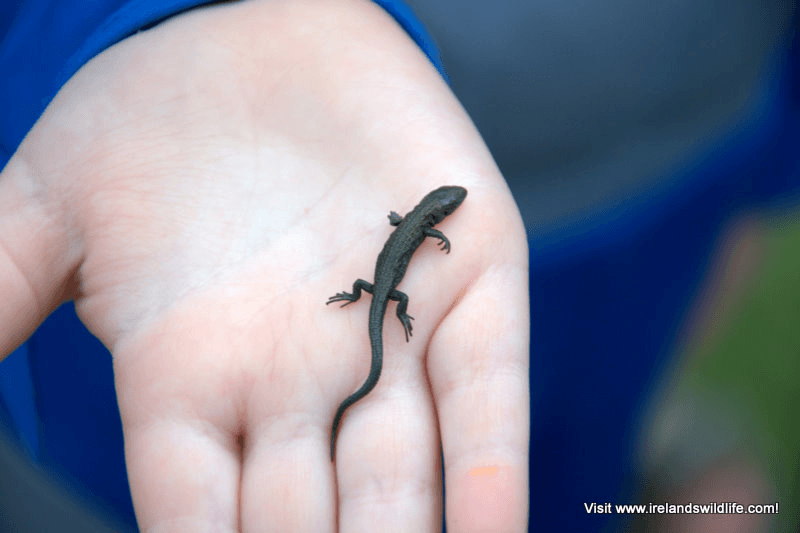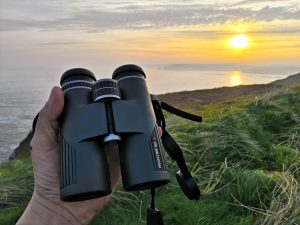
The preservation of our wild places and the plants and animals that call them home should be high on the priority list of any responsible government. That’s partly because we have a duty of care to maintain our stunning natural heritage for future generations; but it’s more fundamental than that: looking after our biodiversity, maintaining the natural balance of our environment, is essential to our own health and well being.
Nature does so much more than just sit there looking pretty. It is the generator that creates the conditions we all need for life: clean water, oxygen, energy and food. The myriad species we share this little island with act in unison to deliver far more than the sum of their parts. Synergy in nature is something we all rely on to survive and thrive… yet our Government’s default attitude to the natural world seems to be one of indifference, even contempt.
In recent budgets funding for bodies responsible for our natural environment has been decimated. Cuts approaching 80% in some areas mean that organisations like The Heritage Council and the National Parks and Wildlife Service, who with the best will in the world were already struggling to cover their remit, have now been rendered virtually impotent.
It may be difficult to prioritise nature when the economy is in free fall. Families are struggling to keep a roof over their heads and food on the table, the health system is creaking at the seams, money is scarce and politicians, as always, focus on short-term re-election rather than long-term viability. But we neglect our environment at our peril. Natural systems have substantial built in tolerances. They are extremely forgiving, but we can only push so far before the pendulum swings back to redress the balance. The results of long term environmental neglect are seldom pretty, and often extremely costly.
So the Government, as is its want, is falling woefully short when it comes to looking after our natural heritage and environmental well being, but what about the conservationists?
There are lots of concerned individuals out there who genuinely care about our environment and wildlife and want to play an active role in maintaining and preserving it. Likewise there are organisations out there committed to taking care of particular elements of our biodiversity — like Ireland’s largest conservation charity Birdwatch Ireland, the nationwide network of the Irish Wildlife Trust (IWT) and the Irish Whale and Dolphin Group to name a few. These conservation organisations do a sterling job to promote, publicise and campaign for the conservation of wildlife, habitats and the wider environment.
But how effective are our conservation efforts really? For conservation to work it has to reach beyond the ranks of the “converted” and engage the broader population. I’m not talking about the wildlife enthusiasts and self-proclaimed conservationists who are already actively engaged with nature, but ordinary people, and children in particular. On that front I think we could all be doing a lot more.
Here’s the thing — when you’re trying to engage children books, magazines, online articles, TV programmes, listening to illustrated talks in the classroom (no matter how animated the speaker) will only get you so far. For children to really engage with nature — to nurture that innate curiosity that all youngsters seem to have — it has to be hands on.
“No Entry!”, “Keep off the Grass” and “Don’t Touch” simply won’t cut it when you’re competing with XBox, Wii and Playstation for kids’ attention. Locking the things we want to preserve away behind fences and regulations, restricting access to them, simply reinforces the appalling disconnect between children and the natural world around them.
Watching the metamorphosis from frogspawn to tadpole to frog, tracking mammals through native woodland, learning to identify garden birds by their song, uncovering the fascinating world of mini-beasts under logs and stones and dipping nets into the local pond to see what we could find: these are all sparks from my own childhood that ignited an enduring fascination with and respect for nature that will last a lifetime.
That’s what real conservation is all about — fostering respect and understanding.
Bottom line: you only want to save something if you care enough about it… and you only ever really care about the things you know and understand. Get enough children to engage with nature, and before long you have not just an army of nature advocates, but lots of potential voters who care about the conservation of our wild places. Funnily enough, I suspect that right around that time is when our politicians will sit up and start paying attention.









